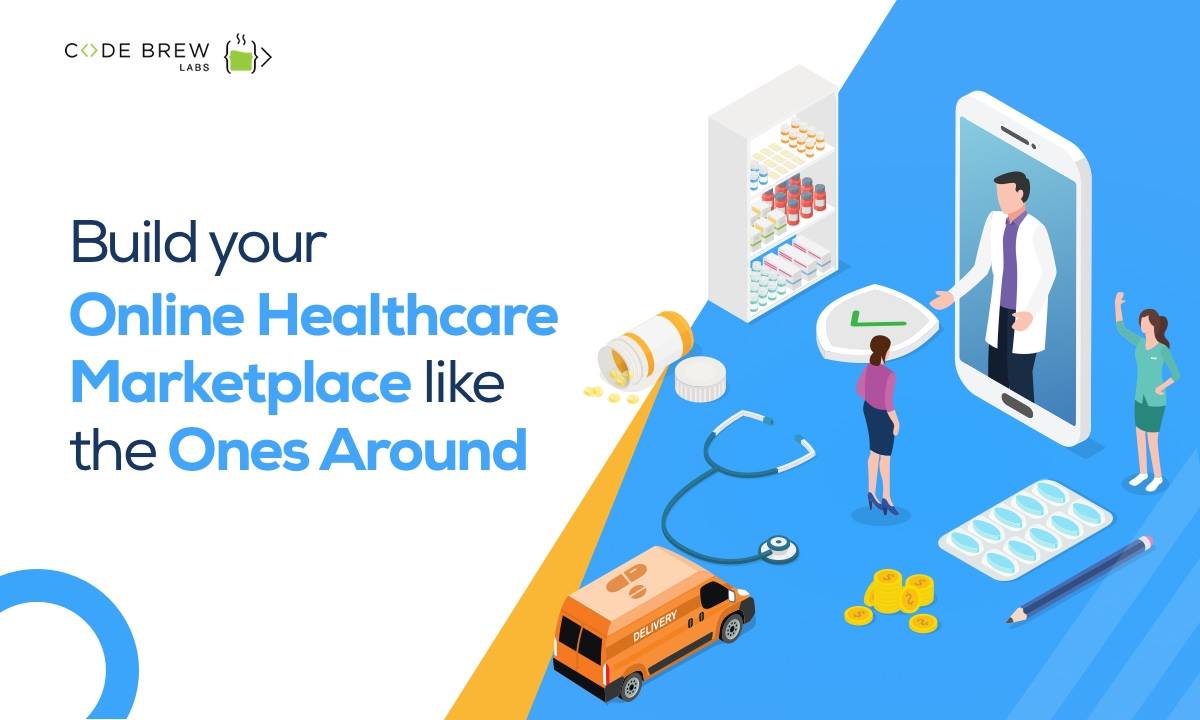Just How Subscription-Based Health Care Is Revolutionizing the Clinical Sector

The Increase of Membership Medical Care
In current years, the medical care sector has actually observed a significant change in the direction of subscription-based models, reflecting broader consumer patterns favoring benefit and predictability. This change is driven by the enhancing demand for more easily accessible and individualized treatment options. Membership health care, in some cases referred to as concierge medication or straight medical care, offers patients a set month-to-month charge for a variety of medical solutions, dramatically modifying conventional fee-for-service versions.
The increase of membership health care is helped with by advancements in technology, which make it possible for structured communication in between suppliers and individuals - subscription based healthcare. Digital platforms and telehealth services have actually ended up being essential, offering people the capability to schedule consultations, gain access to medical documents, and receive appointments online. This technical integration not just enhances patient involvement but additionally enables service providers to supply much more efficient treatment
Furthermore, the subscription version straightens with the advancing expectations of people who look for more control over their healthcare expenses and experiences. By eliminating the unpredictability of co-pays and insurance cases, subscription-based health care supplies a clear and straightforward method. While this model is obtaining traction, its expansion faces difficulties such as regulatory obstacles and the need for wider approval within the standard medical care community. However, its growing presence marks an essential minute in the evolution of health care shipment.
Advantages for Companies and individuals
Subscription-based medical care provides a plethora of advantages for both clients and companies, reshaping the dynamics of treatment. For individuals, this design offers enhanced accessibility to medical care services. With a predictable monthly cost, individuals can delight in limitless consultations, reduced delay times, and customized treatment. This setup typically causes a much more positive approach to wellness monitoring, allowing for prompt interventions that can stop persistent problems from escalating. Furthermore, the economic transparency of registration designs reduces the changability associated with traditional fee-for-service invoicing, minimizing the burden of unanticipated medical expenditures.
For doctor, subscription-based models promote an even more lasting and satisfying technique. By safeguarding a steady income stream, service providers can concentrate on supplying top quality care without the stress of volume-based service. This model encourages longer individual consultations, promoting more powerful patient-provider partnerships and enhancing wellness end results. Additionally, it uses service providers the versatility to introduce and incorporate alternative and preventative treatment techniques. Administrative jobs are usually structured, minimizing overhanging prices and allowing suppliers to commit even more time to client interaction. In general, subscription-based healthcare aligns the motivations of people and carriers, advertising an extra reliable and patient-centered healthcare distribution system.
Secret Attributes of the Design
Often, the crucial features of the subscription-based medical care design emphasize its distinct method to supplying medical services. Central to this version is the check out this site idea of foreseeable, monthly repayments, offering people an extensive variety of services without the unpredictability of standard fee-for-service frameworks. This version typically consists of endless access to medical care services, precautionary treatment, and regular exams, making certain that clients can engage with their doctor proactively as opposed to reactively.
In addition, direct interaction networks, such as telemedicine and messaging systems, are stressed, permitting patients to receive prompt suggestions and consultations without needing in-person appointments. This enhances accessibility and convenience, particularly for people with movement restraints or those staying in remote areas. The model also cultivates stronger doctor-patient relationships, as doctor are incentivized to concentrate on long-lasting health outcomes as opposed to temporary check outs.
Furthermore, subscription-based health care often incorporates technical innovations, such as electronic wellness records and health and wellness monitoring applications, to give individualized and effective care. Patients profit from collaborated and continuous treatment administration, which is customized to their certain health and wellness demands. Eventually, these features jointly create a patient-centered medical care experience, prioritizing accessibility, expense transparency, and precautionary care.

Difficulties and Considerations
While the subscription-based health care model supplies many advantages, it is not without its obstacles and factors to consider. Registration versions might accidentally favor those with greater socioeconomic standing, potentially widening variations in health check this care gain access to for lower-income individuals that might struggle with monthly costs.
An additional obstacle lies in regulatory conformity. Subscription-based medical care needs to navigate a complicated web of regulations that differ by region, including concerns around patient discretion, information defense, and state licensing demands. Ensuring conformity without hampering the version's versatility and technology can be daunting for companies.
Furthermore, there is the risk of overutilization or underutilization of services. Individuals paying a taken care of cost could overuse solutions, leading to raised operational expenses, while others may underutilize due to fear of burdening the system, possibly overlooking necessary care.
Future Leads and Innovations
The landscape of subscription-based healthcare is poised for transformation via arising innovations and developing leads. As innovation remains to breakthrough, the assimilation of expert system and artificial intelligence presents considerable chances to improve diagnostic accuracy and simplify client administration. Predictive analytics can change precautionary treatment by identifying possible wellness dangers prior to they show up, consequently decreasing both costs and the burden on medical care systems.
Furthermore, telemedicine is set to increase within registration designs, offering individuals raised accessibility to health care specialists regardless of geographical restrictions. This not just assists in connection of care yet additionally encourages clients to involve more actively in their health and wellness monitoring. In addition, blockchain technology uses prospective in protecting patient information and guaranteeing interoperability throughout platforms, promoting trust fund and openness.
The development of personalized medicine is another frontier, with registration versions giving an unique structure for providing tailored wellness options. Genetic testing and individualized therapy plans can be flawlessly incorporated, lining up patient requires with specific clinical interventions. In addition, collaborations between tech business and doctor are most likely to produce cutting-edge services, enhancing individual experiences and outcomes. As these potential customers emerge, subscription-based medical care has the possible to redefine just how treatment is delivered and accessed.
Final Thought
Subscription-based health care is transforming the clinical sector by using a more available, predictable, and patient-centered approach to clinical solutions. This model improves patient-provider partnerships, makes certain financial openness, and emphasizes preventive treatment through unrestricted assessments and telemedicine. Regardless of challenges such as regulatory obstacles and potential differences in access, the membership model holds assurance for a much more effective and customized healthcare experience. As modern technology developments, even more technologies are likely to attend to existing difficulties and his response enhance medical care shipment.
Subscription healthcare, sometimes referred to as attendant medicine or direct key treatment, provides patients a fixed regular monthly charge for an array of medical solutions, considerably modifying traditional fee-for-service versions.
Additionally, the subscription design aligns with the advancing expectations of people that look for even more control over their healthcare expenditures and experiences. For people, this version offers improved accessibility to health care solutions. In general, subscription-based medical care lines up the rewards of people and service providers, advertising a much more patient-centered and effective health care delivery system.
Moreover, telemedicine is established to increase within membership models, offering clients increased access to health care experts regardless of geographical restrictions. - subscription based healthcare